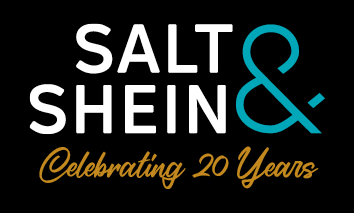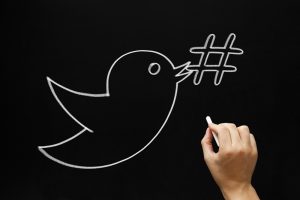People all over the world and especially in Australia have faced incredible challenges in the past two years. Those businesses that survived multiple shutdowns and policy changes are finding new ways to adjust as they enter the post-COVID work environment. As offices begin to reopen, enterprise leaders are not only deciding among the options of remaining remote, returning to in-office or using a hybrid schedule, but are also reevaluating hiring practices while qualified candidates still remain across borders.
Here, we assess how the work environment in 2022 and beyond will differ from that of the past and what your business can do to rise to the occasion.
Trends of the COVID-19 work environment
The definition of necessary proximity to the workplace has shifted dramatically, at least for some industries. While essential workers like medical, travel and maintenance staff must remain on-site, a majority of industries have found ways to break away from the traditional work environment.
Hybrid industries
Businesses in sectors like retail, food and beverage have needed to find new ways to engage customers and maintain cash flow. They’ve developed channels to establish sustainable long-term communication with their customers, while also meeting customer needs since the beginning of the pandemic. This has resulted in low-contact delivery, bundled ingredients and recipes of their most famous dishes, and e-commerce retail with robust order management systems.
Remote-capable verticals
Marketing and tech have found their way toward operating remotely full-time. These industries were able to redefine their everyday work necessities with online communication, shared networks and behavioural changes, like creating space on worksites to reduce contact.
But what trends will stick and which will fall back to the old norm in the post-pandemic world?
How the work environment of 2022 and beyond will differ
The most obvious shift in the future of the workforce is the number of industries and companies that have become fully remote. A February 2021 report by McKinsey found that
20 to 25% of workforces are able to work remotely between four and five times a week, which accounts for four to five times more remote work opportunities than in 2019.
With a flexible work environment, employers will likely demand a more results-driven staff. This means more measurement of productivity and customer KPIs, and a generation of employees who are looking to learn new skills to stay ahead.
The incoming workforce of new employees post-COVID will likely be more flexible, more resilient and perhaps more independent as learners because they have needed to navigate largely on their own through remote learning environments. They’ll need to stand out even more as a global candidate pool becomes more available and normal, giving applicants the motivation to upskill as they search for new positions.
Flexibility in the workplace is also likely to stay. McKinsey’s report highlights a survey of 278 executives who planned on reducing office spaces by 30%, which may affect downtown restaurants and retail. However, many employers feel that proximity to the workplace is still important to support a hybrid workforce.
From a recruiting perspective, in-person interviews will likely be held for final rounds just before the offer, or even saved for signing offer letters to save people’s time and energy.
Employers will need to offer candidates flexibility in the workplace and establish clear lines of communication if they want to attract modern employees and customers. While the future is unknown, there are clear signs of what’s to come. For more news on the future of the workforce,
check out our insights page.







